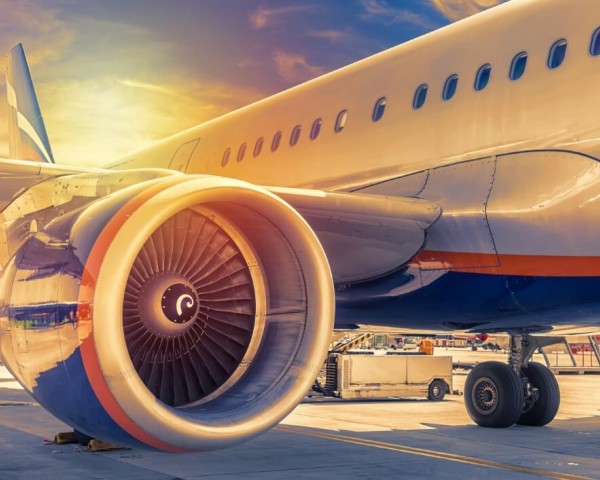Aeroflot, the Russian flag carrier, presents something of a puzzle in 2025: international routes are definitely on the upswing, yet domestic travel keeps sliding, now for the fourth month running. The latest numbers show a dip, around 4%, in domestic passengers compared to last year since January. At the same time, the number of international passengers has jumped by 8.4%. It does make you wonder what’s next for Russian aviation, given that these shifts mirror wider industry changes and how people seem to be choosing to travel.
Domestic Drop, International Rise
April 2025 saw Aeroflot’s domestic passenger numbers dip by roughly 3.3% compared to the previous year, totaling around 1.5 million. But, the international side of things? That’s a different story, showing a pretty impressive 15.2% gain, with 777,000 passengers. Looking at the bigger picture, for the first four months of the year, international traffic for the airline climbed 8.4%, while domestic traffic unfortunately shrank by 4%. Despite the domestic situation, Aeroflot has kept its planes pretty full, around 93% for domestic flights and about 89% for international flights, similar to what they saw during the peak summer of 2024.
If you look at the Aeroflot Group, which includes Pobeda and Rossiya airlines, they carried approximately 15.6 million passengers in the same period. International travel here was up 4.3%, while domestic only nudged up slightly by 1.8%. Across the aviation industry as a whole, Russia’s Rosaviatsia (the civil aviation authority) noted a roughly 1% decrease in passenger traffic for the first quarter, adding up to around 22.7 million passengers. This could indicate a more general lull in domestic air travel.
Factors Behind the International Flights Shift
Several things, experts suggest, are behind the drop in domestic travel. The strengthening of the Russian ruble plays a part, making holidays abroad more attractive, and somewhat more accessible. The lure of international destinations, combined with airlines apparently leaning towards the potentially more lucrative international routes, might have shifted resources away from domestic flights. Some observers have even mentioned that the efficient utilization of the fleet resources, carriers prioritizing high-demand international routes to boost revenue, is a factor.
This domestic stagnation, however, kind of goes against the global recovery in tourism after the pandemic. This hints that maybe there are some specific economic factors, or perhaps some changes in behavior, going on specifically in Russia. It seems travelers are keen on international experiences, maybe due to wanting to travel after being restricted, or because of some destinations becoming cheaper relative to others because of exchange rates.
Challenges and Opportunities
Aeroflot’s high seat occupancy rate, near 93% for domestic, does mean that there’s still plenty of interest in what they offer, although domestic numbers might not be great. Being able to keep planes full suggests they are able to manage things operationally, but the steady drop in domestic travel poses a real issue. Concentrating on international routes could improve profits, but it runs the risk of losing domestic travelers, and therefore market share to competitors, in Russia’s pretty big internal market.
Looking at the broader Russian aviation picture, the figures underline that something needs to be done to boost domestic travel. Some options? Maybe cut fares, improve connections between regions, or promote domestic destinations. These are just a few ways to potentially reverse the trend. At the same time, the rise in international traffic fits with the general worldwide tourism picture, which means that Aeroflot could actually capitalize on Russia’s popularity as a place to visit.
Looking Forward
Aeroflot in 2025 seems to have two stories: a healthy international market, versus a struggling domestic one. The rather large 15.2% jump in international passengers in April showcases that the airline can tap into worldwide travel, helped by things like the stronger ruble. However, the nearly 4% drop in domestic passengers over four months implies they might need to step in to try and help boost local travel.
As the aviation sector deals with these dynamics, Aeroflot likely needs to strategically focus on routes that will actually make money. Finding a good balance between what’s important domestically and internationally, while also responding to people’s travel preferences and the state of the economy, will be key to whether the airline can keep it up. Right now, Aeroflot’s international showing seems a real positive, standing out amid what’s been a somewhat spotty comeback for Russian air travel as a whole—at least when it comes to charting a course for future growth.

